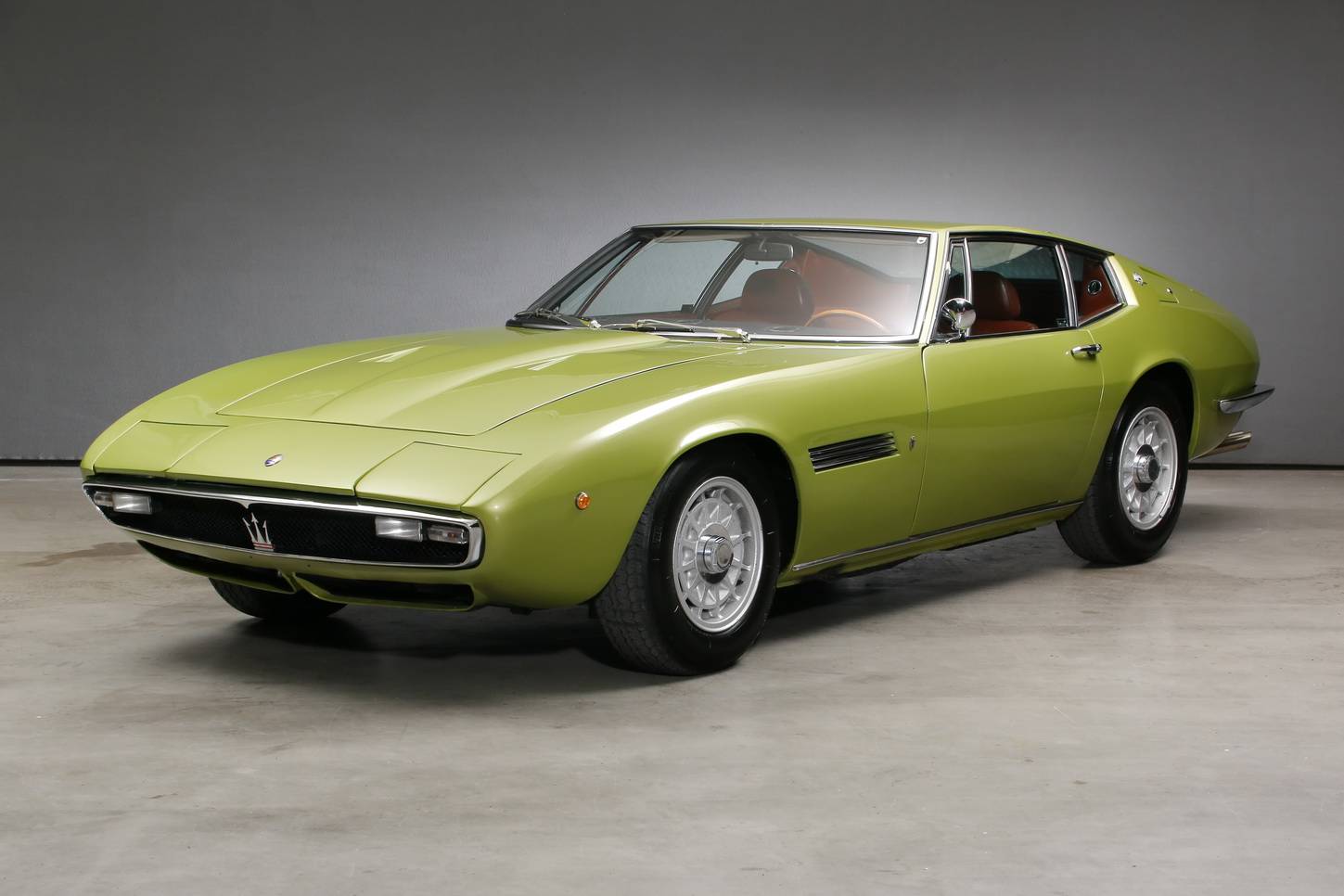David Wilson
Contributor
Unlike the Atmos, the Technisub Tuba not only survived beyond the 1960s but even made it into the 1980s. Perhaps the classic simplicity of the Tuba proved more durable in the end than the overengineered Atmos. Here is the Tuba in 1973:
 The Italian caption tells a different story from the English caption, translating as it does to: "Semi-rigid rubber snorkel with very soft anatomical mouthpiece". Perhaps English speakers value a mouthpiece's adjustability more highly than its gum-friendly ultra-softness!
The Italian caption tells a different story from the English caption, translating as it does to: "Semi-rigid rubber snorkel with very soft anatomical mouthpiece". Perhaps English speakers value a mouthpiece's adjustability more highly than its gum-friendly ultra-softness!
The Tuba in 1976:
 This time the snorkel is described as "D-shaped", which may refer to the shape of the inner bore of the snorkel'sHer barrel.
This time the snorkel is described as "D-shaped", which may refer to the shape of the inner bore of the snorkel'sHer barrel.
Finally, we come to the Tuba in 1980:
 Here the translation is closer to the original; a flexible barrel with an adjustable mouthpiece on the demand end.
Here the translation is closer to the original; a flexible barrel with an adjustable mouthpiece on the demand end.
I shall finish here for the day, reviewing the Tubaflex and Spiro at the weekend. Until then, keep safe and stay well.
The Tuba in 1976:
Finally, we come to the Tuba in 1980:
I shall finish here for the day, reviewing the Tubaflex and Spiro at the weekend. Until then, keep safe and stay well.





